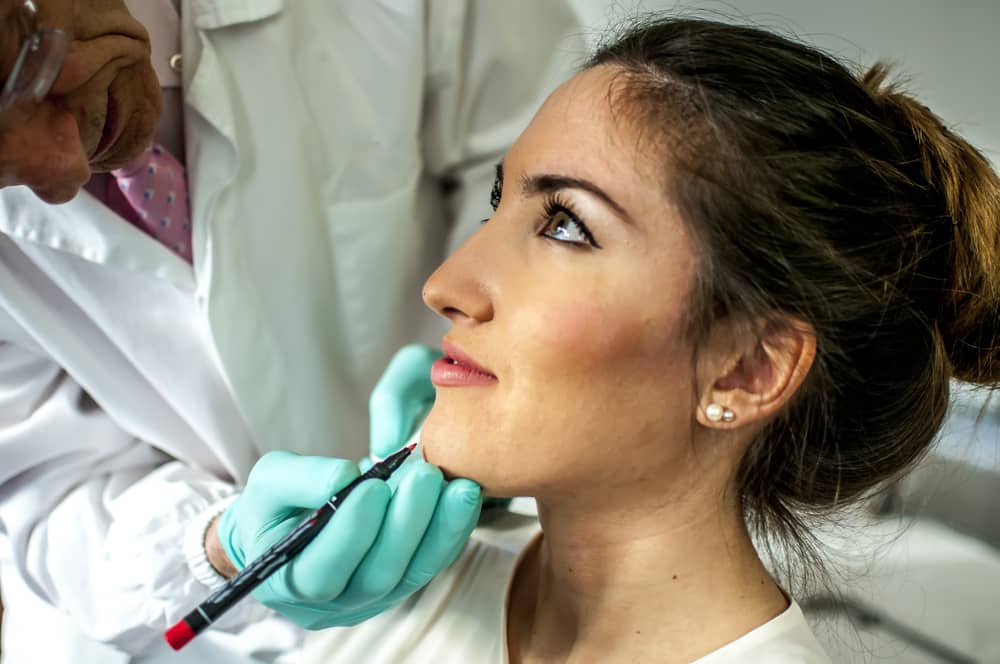The jaw face structure forms an essential part of the human facial skeleton. Comprising the upper maxilla and lower mandible bones, it is responsible for numerous critical functions.
The jaw provides the foundation for biting, chewing, speaking, and swallowing, and has a significant impact on our facial appearance and overall aesthetics.
In this article, we get into the science of jaw face structure and discover how jaw surgery can give you a life-changing transformation — if you suffer from imbalances or irregularities.
Maxilla and Mandible: The Two Essential Bones
The jaw is mainly composed of two bones:
- Maxilla: The upper jaw bone, which supports the nasal cavity, upper teeth, and palate.
- Mandible: The lower jaw bone, a U-shaped structure housing the lower teeth.
Both the maxilla and mandible grow and develop in relation to each other, ensuring a proportionate and harmonious face structure. However, irregularities in their growth can lead to imbalances in the jaw face structure, affecting your appearance and quality of life.
The Aesthetics of Jaw Face Structure
The Importance of Symmetry
Symmetry plays a crucial role in the perception of attractiveness. Faces closer to perfect symmetry are generally deemed more appealing because it’s associated with good genetic quality and physical health.
The jaw’s position and size contribute significantly to overall facial symmetry, as it influences how other facial features, such as the nose and the chin, are perceived.
Balance Between Upper and Lower Jaws
Harmony in the sizes and positions of the maxilla and the mandible is vital for achieving a balanced face structure.
Any disproportion in these two bones may cause facial imbalances such as an overbite, an underbite, or a crossbite, and could also result in difficulties with chewing or speaking.
Chin Projection
The jaw’s role in determining the chin’s projection is often underestimated. A well-proportioned chin enhances the perception of your facial harmony and balance.
The relationship between the maxilla and mandible directly influences the chin’s appearance and positioning.
Why Should You Consider Jaw Surgery?
If you’re struggling with jaw face structure irregularities, jaw surgery is a potential solution. This procedure can correct jaw imbalances, improving facial aesthetics, and eliminating discomfort or difficulty in biting, chewing, or speaking.
However, before embarking on the surgery, consider checking jaw face structure images before and after the procedure to understand potential outcomes better.
The Procedure
Also known as orthognathic surgery, jaw surgery addresses conditions related to jaw structure, growth, sleep apnea, TMJ disorders, malocclusion, or incorrect bite problems.
The procedure involves realigning the upper, lower, or both jaw bones to improve appearance and functionalities.
Benefits
Having jaw surgery has numerous benefits. Here’s how it can help:
- Improved appearance: The surgery improves facial balance by addressing jaw imbalances, resulting in a more symmetrical, harmonious, and aesthetically pleasing appearance.
- Increased functionality: Jaw surgery can significantly improve your ability to chew, bite, and swallow food, as well as enhance speech quality.
- Improved quality of life: By reducing discomfort and improving appearance, jaw surgery can boost your self-esteem and confidence as a result.
It’s important to consult a healthcare provider if you’re considering jaw surgery, so you can confidently start your journey towards a balanced life.
Frequently Asked Questions
What causes an imbalance in the jaw face structure?
Imbalances in the jaw face structure can arise from several factors, including genetic predisposition, injuries, birth defects, or developmental issues during childhood or adolescence.
How can I tell if my jaw is misaligned?
Jaw misalignment may manifest through symptoms such as difficulty in biting or chewing, speech issues, facial pain or discomfort, sleep disturbance, or visible facial asymmetry.
If you notice any of these signs, it’s recommended to consult a healthcare provider for an accurate diagnosis.
Can adults get corrective jaw surgery?
Yes. Unlike orthodontic treatment, which can manipulate teeth within the jawbone, orthognathic surgery can correct the jawbone alignment itself. This makes it suitable for adult patients with fully developed jaws.
How do I prepare for jaw surgery?
Preparation for jaw surgery typically includes a thorough discussion with your surgeon and orthodontist, complete health assessment, dental examinations, and imaging studies like X-rays or CT scans.
In some cases, you may need to have orthodontic treatment before the surgery.
How visible are surgical scars after jaw surgery?
In most jaw surgeries, incisions are made inside the mouth, which means no visible external scars.
Will my appearance dramatically change after jaw surgery?
While jaw surgery alters the facial structure to correct imbalances, the changes are often subtle — improving your overall appearance without creating a dramatic or unnatural transformation.









